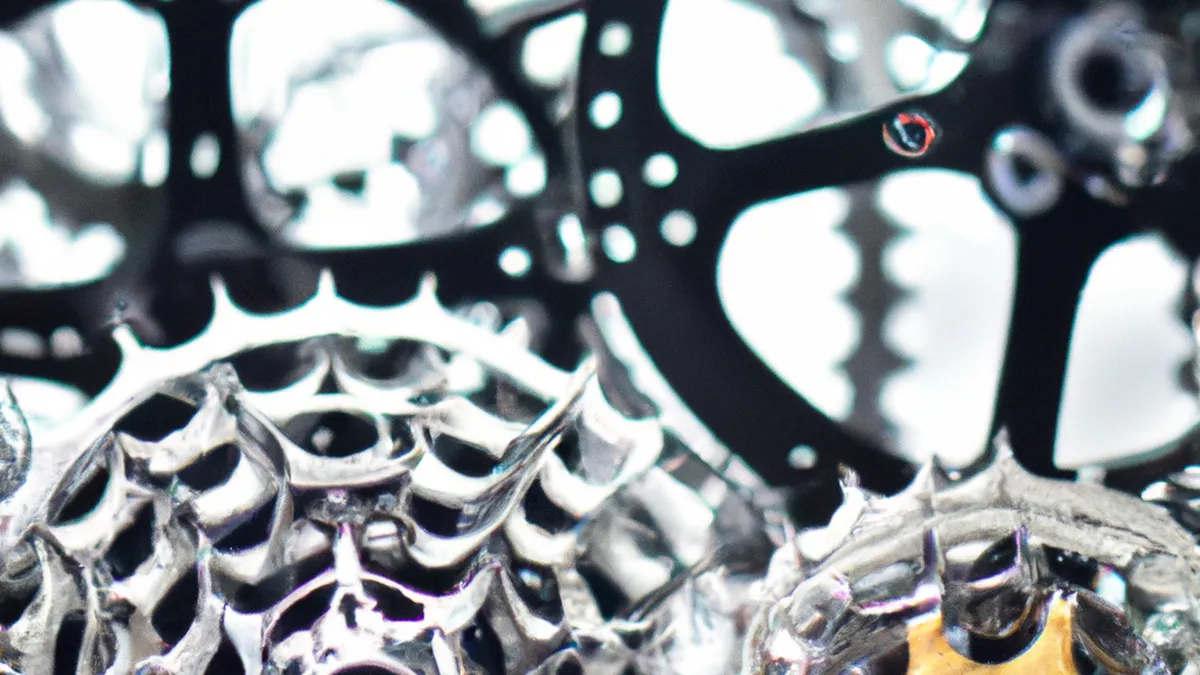Reduce Risk: Strategies for High-Impact Athletes
As an Amazon Associate I earn from qualifying purchases.
Gear tip: consider basketball, light resistance bands, and chair yoga strap to support this topic.
Preventing Stress Fractures in High-Impact Sports
High-impact sports like running, basketball, and soccer offer excitement and rewards but increase injury risks, especially stress fractures. Stress fractures are tiny bone cracks caused by repetitive force or overuse. They often occur in the feet, shins, and hips. Athletes face extended inactivity due to these injuries, affecting training and performance. Thus, athletes must understand how to prevent stress fractures. This blog shares tips on reducing stress fracture risks and highlights prevention benefits.
Understanding Stress Fractures
Stress fractures develop gradually due to overuse, inadequate recovery, or biomechanical imbalances. Athletes often push their limits and ignore early pain signs. Recognizing early symptoms is vital; common signs include localized pain, swelling, and tenderness during or after activity. If you notice persistent pain or swelling, take these signals seriously. Ignoring them can lead to severe injuries requiring extensive treatment and longer recovery times.
Tips for Prevention
1. Gradually Increase Intensity
Gradually increasing training intensity and duration effectively prevents stress fractures. When starting a new training program or increasing intensity, resist pushing too hard too quickly. Increase your running distance or workout intensity by no more than 10% per week. This approach allows your muscles, joints, and bones to adapt, significantly reducing overuse injury risks.
2. Cross-Train Regularly
Incorporate cross-training into your routine for added benefit. Cross-training involves engaging in different exercises that complement your primary sport, such as swimming, cycling, or yoga. These low-impact activities enhance overall fitness while allowing bones and joints to recover. Additionally, cross-training prevents muscle imbalances that can lead to injury. For example, if you run primarily, cycling can strengthen your leg muscles without added impact.
3. Invest in Proper Footwear
Proper footwear is essential for high-impact sports participants. Shoes should fit well, provide adequate arch support, and offer shock absorption to minimize bone impact. Consider your foot type and running style when selecting footwear. Visit a specialty store to analyze your gait and find the best shoes for your needs. Replace your shoes regularly, typically every 300 to 500 miles, to maintain necessary support.
4. Listen to Your Body
Listening to your body is crucial for preventing injuries. If you experience pain, especially persistent pain that worsens with activity, take it seriously.
Conclusion
In summary, understanding stress fractures and prevention strategies helps athletes maintain performance and avoid injuries.
Below are related products based on this post:
FAQ
What are stress fractures and how do they occur?
Stress fractures are tiny cracks in the bone that develop gradually due to repetitive force or overuse. They commonly occur in high-impact sports and are often the result of inadequate recovery or biomechanical imbalances.
What are the common signs of a stress fracture?
Common signs of a stress fracture include localized pain, swelling, and tenderness during or after physical activity. Athletes should pay attention to persistent pain or swelling, as ignoring these symptoms can lead to more severe injuries.
How can athletes prevent stress fractures?
Athletes can prevent stress fractures by gradually increasing training intensity, incorporating cross-training, investing in proper footwear, and listening to their bodies. These strategies help reduce the risk of overuse injuries and promote overall fitness.















Post Comment